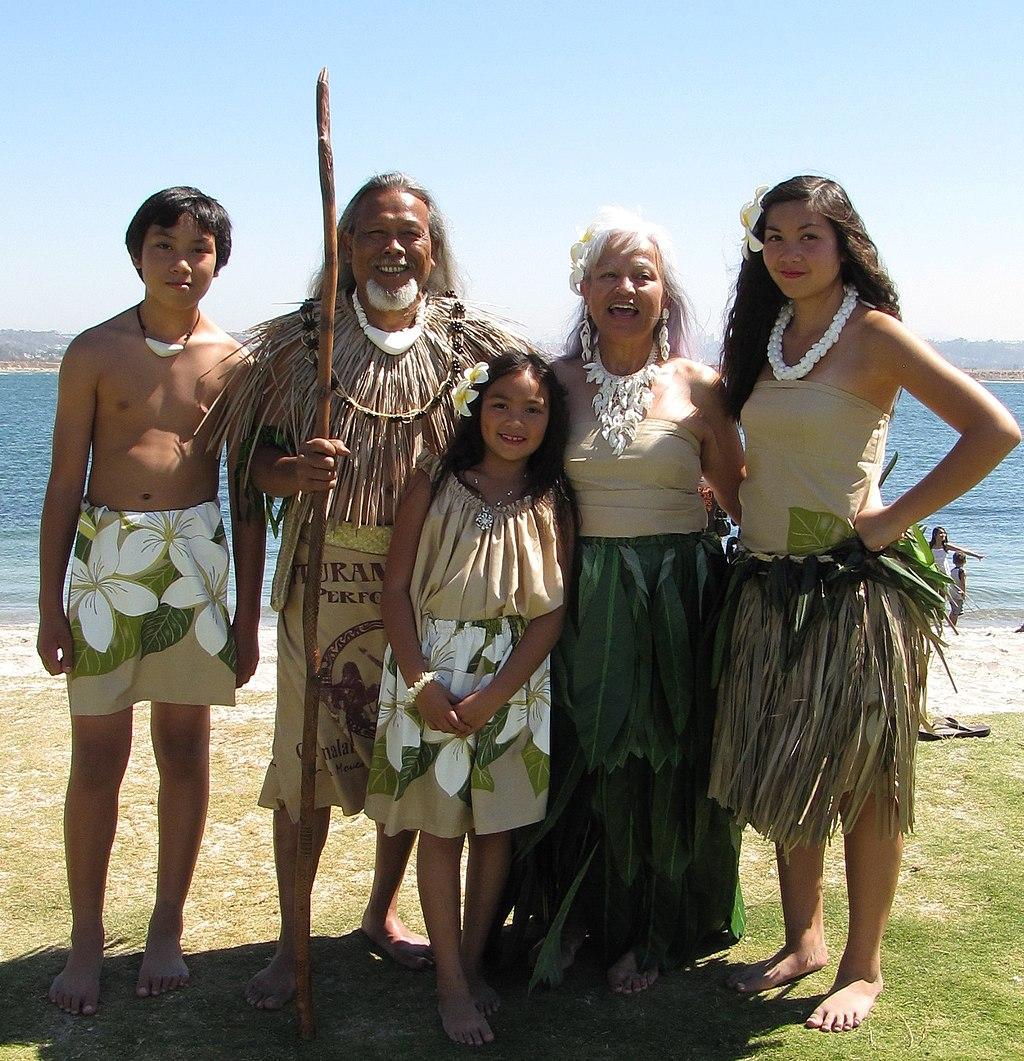Cultural & Natural Heritage

The PIHF’s region of focus, home to the world’s most diverse range of indigenous cultures, continues to sustain many ancestral ways of life. With a combined population of less than 2.5 million, the Pacific Chapters possess a vast repository of cultural traditions and ecological adaptations.
The Pacific realm boasts 1/3 of the world’s languages and approximately 780 distinct vernaculars are spoken throughout the region. It is exactly this region that is most vulnerable to the effects of global political, environmental and economic change. Spread across a vast expanse of water, the Pacific Ocean boasts an array of environments, from massive mountains to the atolls and lagoons of European fantasy, Honolulu and Guam’s urban jungles.
While 75% of the population is rural and often nearly self-sufficient, the remaining 1/4 of the Pacific populations live in cities or circulate to metropolitan centers in Australia, New Zealand and the USA, causing an unwelcome brain-drain.
- Objective
- Strategies
- Outcomes
To protect, preserve, and promote the intangible cultural heritage and tangible cultural and natural heritage of Micronesians, Melanesians, and Polynesians.
Support projects and provide co-learning spaces for youth and young adults to support their self-discovery and ability to connect to their natural and cultural heritage through creative, extra educational, and life-long learning opportunities.
Create joint ventures to establish and support programs, platforms and institutions, dedicated to preserving and interpreting intangible cultural heritage and tangible cultural and natural heritage.
Guide and promote leadership development among indigenous youth by offering a unique forum for undergraduate and graduate students to present their work in the field of Sustainable Development, particularly climate change.
Empowered Pacific Islands region, that is able to understand and honor their heritage across natural and cultural disciplines (long-term).
Enhanced public knowledge on the intangible and tangible cultural heritage of the affiliated island nations of the Pacific (intermediate).
Improved access to learning environments that endorse intergenerational knowledge sharing and seeking of conservation values at the local, sub-regional and regional levels (intermediate).
Increased use of Pacific heritage in support of environmental protection and sustainability (intermediate).
- Objective
- Strategies
- Outcomes
- To protect, preserve, and promote the intangible cultural heritage and tangible cultural and natural heritage of Micronesians, Melanesians, and Polynesians.
- Support projects and provide co-learning spaces for youth and young adults to support their self-discovery and ability to connect to their natural and cultural heritage through creative, extra-educational, and life-long learning opportunities.
- Enhanced public knowledge on the intangible and tangible cultural heritage of the affiliated island nations of the Pacific (intermediate).
- Improved access to learning environments that endorse intergenerational knowledge sharing and seeking of conservation values at the local, sub-regional and regional levels (intermediate).
- Increased use of Pacific heritage in support of environmental protection and sustainability (intermediate).
- Empowered Pacific Islands region, that is able to understand and honor their heritage across natural and cultural disciplines (long-term).
- Enhanced public knowledge on the intangible and tangible cultural heritage of the affiliated island nations of the Pacific (intermediate).
- Improved access to learning environments that endorse intergenerational knowledge sharing and seeking of conservation values at the local, sub-regional and regional levels (intermediate).
- Increased use of Pacific heritage in support of environmental protection and sustainability (intermediate).
